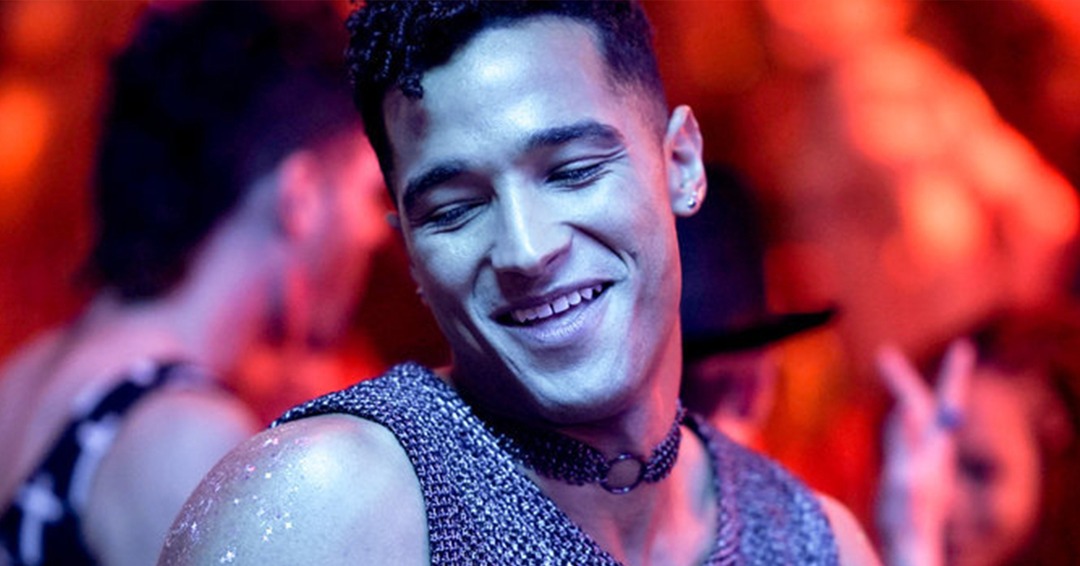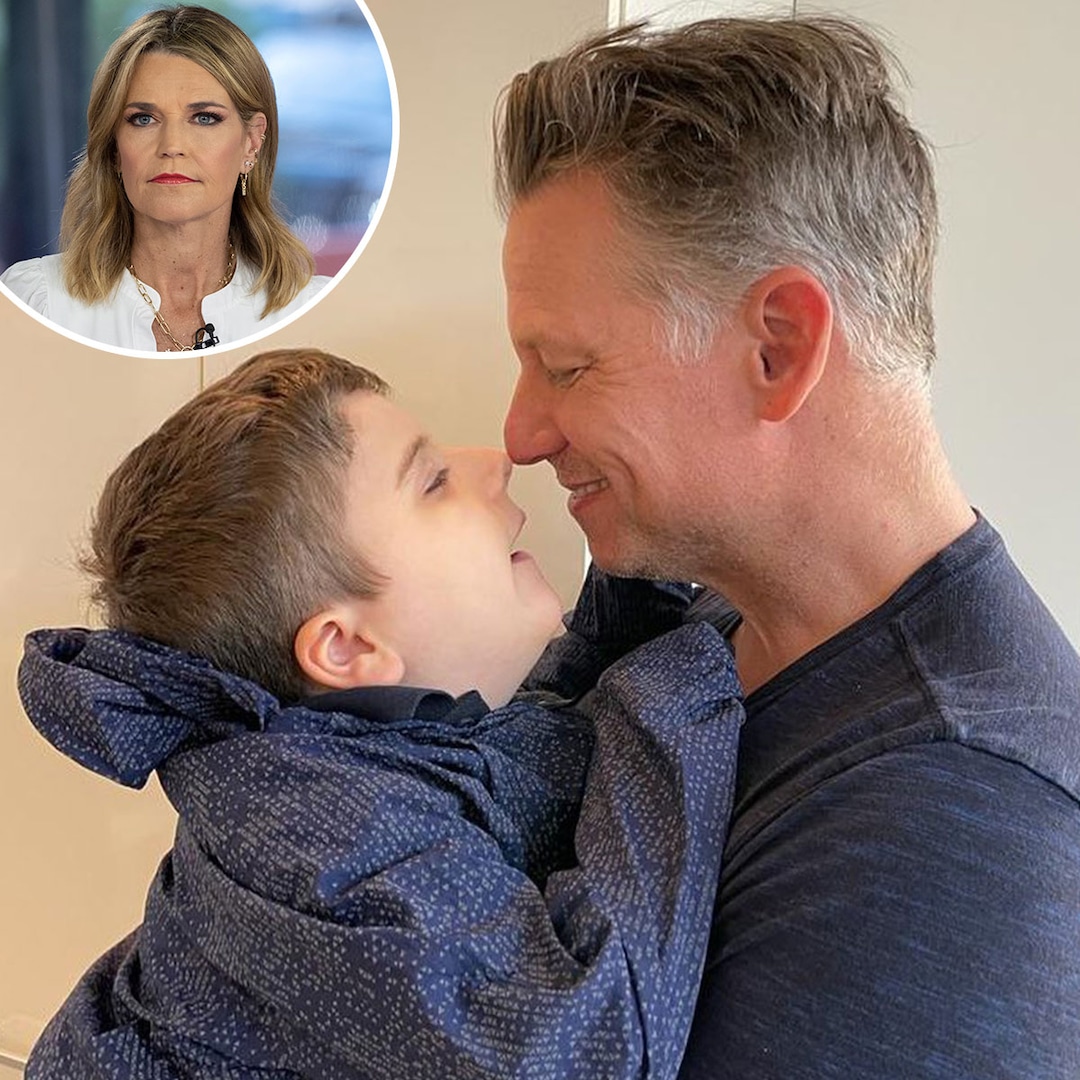How Queer as Folk Used Representation to Find Power
The cast of Queer as Folk knew they were creating something special.
The series, which premiered on Peacock June 9, tells the story of how the queer community in New Orleans is impacted following a mass shooting at one of the city’s most beloved LGBTQ+ bars. What begins in tragedy turns into a celebration of resilience, sexuality and the diversity of representation.
The on-screen queer diversity—trans, non-binary, deaf and differently abled characters and actors from those communities playing the roles are featured—takes tokenism casting and throws it out the window. In exclusive conversations with E! News, the cast and creator of the show explained why that matters so much.
“I feel like we’re at a place in queerness and popular culture where it’s no longer the gay best friend giving advice to a girl over a chopped salad,” Ryan O’Connell, who plays Julian, said. “It’s exciting, creatively, just to be able to explore all the nuances of queerness and actually be full-fledged characters, rather than holograms of our suffering and identity.”
Jesse James Keitel, who plays Ruthie, said the representation didn’t just make for a comfortable work environment—it also impacted the overall product.
“Queerness is not just being put on screen. It’s truly in the thread of the show,” she said. “It’s in the make up of the show. Having queer creators behind and in front of the camera—I mean look at the final product. There’s a reason it feels authentic.”





Pingback: https://stealthex.io
Pingback: car detailing
Pingback: Aviator bet